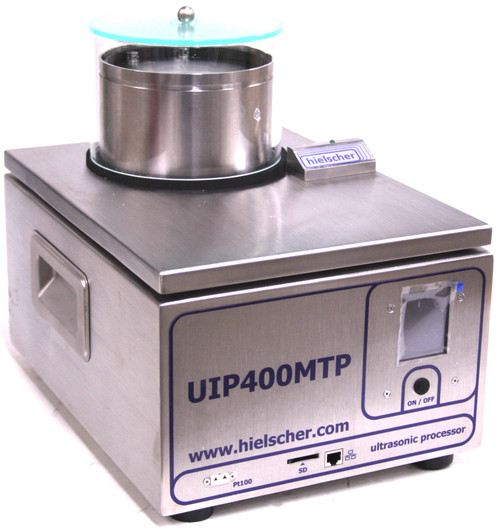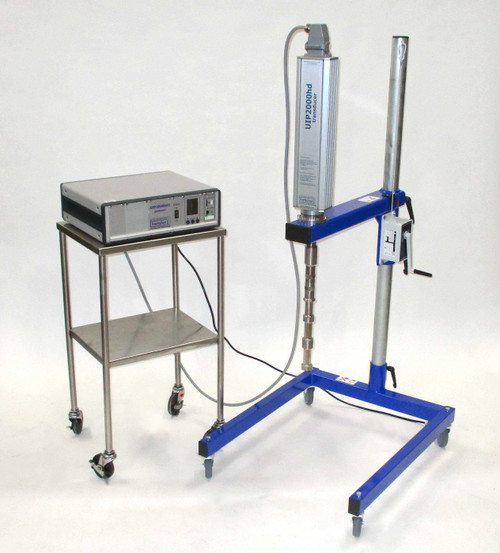Product Overview
Branson Ultrasonic Welder 40 Khz
Manufactured by AmTech Branson this model Ultraweld 40 is a great ultrasonic welder.
Specifications
Hertz 40 kHz
Power supply 900b
Controller 3085 controller
Voltage 250 volts
Amps 20
Stroke Length: 3.9" OR 100mm
Ultrasonic welding has emerged as a versatile and efficient method for joining materials in various industries, including automotive, electronics, medical, and packaging. As a university-level student or researcher, it is essential to understand the factors that contribute to the bonding strength achieved through ultrasonic welding, particularly the critical consideration of selecting appropriate metals and polymers. This article explores the significance of material selection and its impact on bonding strength in ultrasonic welding processes.
Material Compatibility:
The selection of suitable metals and polymers is crucial in ultrasonic welding to achieve optimal bonding strength. Compatible materials ensure that the energy generated by ultrasonic vibrations is effectively transferred to the joint interface, resulting in robust and reliable bonds. Compatibility is determined by factors such as acoustic impedance, melting temperature, and thermal properties of the materials. Matching the acoustic impedance of the metals and polymers facilitates efficient energy transfer, promoting strong intermolecular interactions at the interface.
Metallurgical Considerations:
When working with metals, factors such as metallurgical properties, grain structure, and surface conditions significantly influence the bonding strength in ultrasonic welding. Materials with similar or compatible crystal structures tend to form stronger bonds. Additionally, surface roughness, cleanliness, and oxide layer presence impact the strength of the weld. Proper surface preparation, including cleaning and removing surface contaminants, helps promote strong metallurgical bonds and prevents weak points in the joint.
Polymer Selection:
In ultrasonic welding, polymers play a crucial role in achieving robust and durable bonds. Different polymers exhibit varied molecular structures, melting points, and viscoelastic properties, which affect the bonding strength. Selecting polymers with compatible melting temperatures ensures proper energy transfer during the welding process, resulting in sufficient heat generation for molecular diffusion and interlocking. Additionally, considering the polymer's viscoelastic properties helps ensure that it can deform and flow adequately under ultrasonic vibrations, enhancing intermolecular entanglements and bond strength.
Interfacial Design:
Creating an optimized interface between the metal and polymer surfaces is critical for achieving high bonding strength in ultrasonic welding. Enhancing interfacial adhesion can be achieved through surface treatments, coatings, or the use of adhesive layers. Surface treatments, such as plasma cleaning or chemical etching, promote better wetting and adhesion between materials. The incorporation of adhesives or coupling agents can further enhance the interfacial bond strength, particularly in dissimilar material welding scenarios.
Process Optimization:
Achieving optimal bonding strength in ultrasonic welding requires meticulous process optimization. Parameters such as vibration amplitude, clamping pressure, welding time, and energy input must be carefully controlled and tailored to the specific materials being joined. Iterative testing and optimization can help determine the ideal combination of parameters for maximizing bonding strength while ensuring process efficiency.
Conclusion:
Ultrasonic welding offers a versatile and efficient method for joining metals and polymers in various industries. Achieving robust and reliable bonding strength requires careful consideration of material compatibility, metallurgical properties, polymer selection, interfacial design, and process optimization. As university-level students and researchers, understanding these important considerations empowers us to explore the full potential of ultrasonic welding and contribute to advancements in material joining technology.









